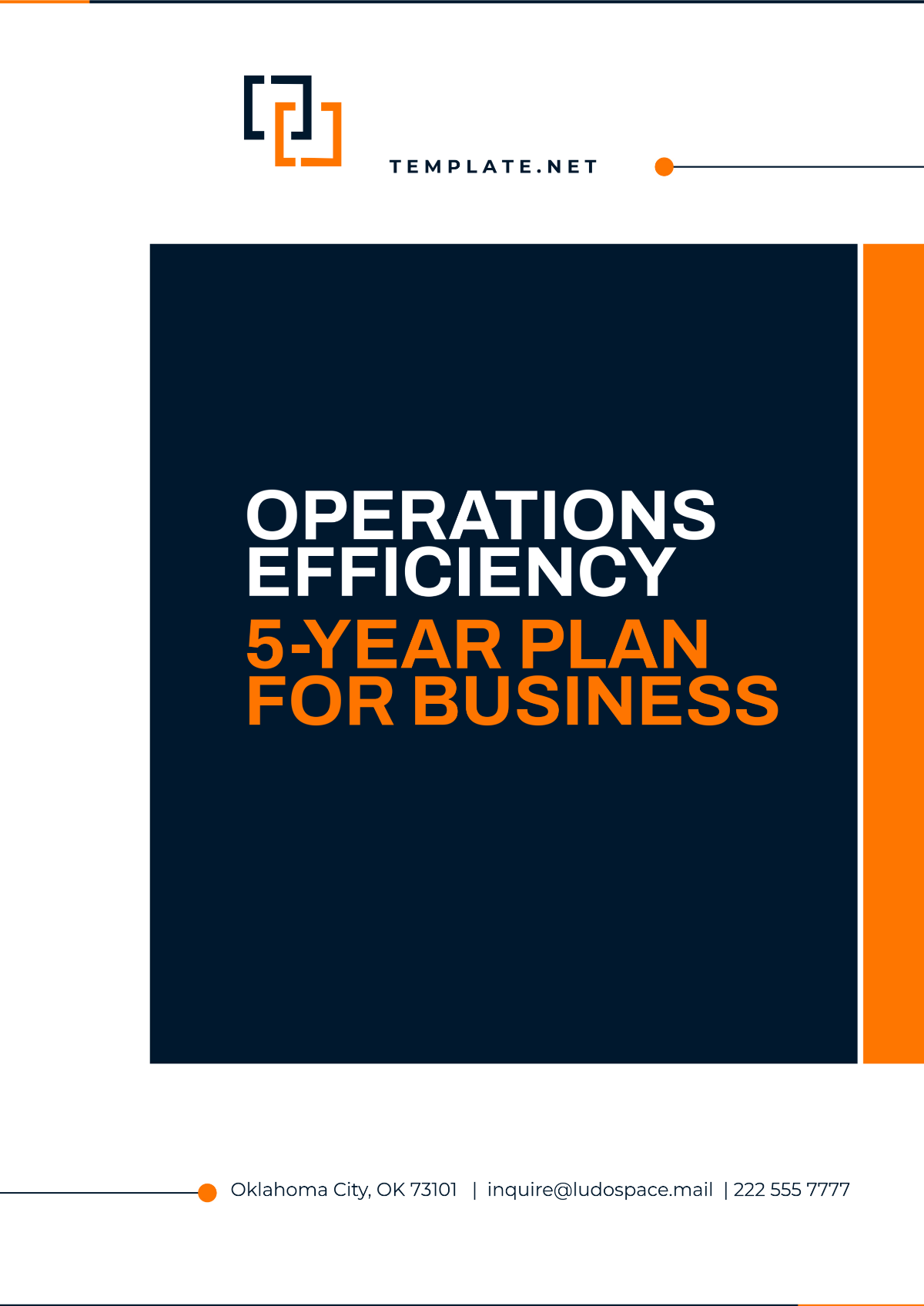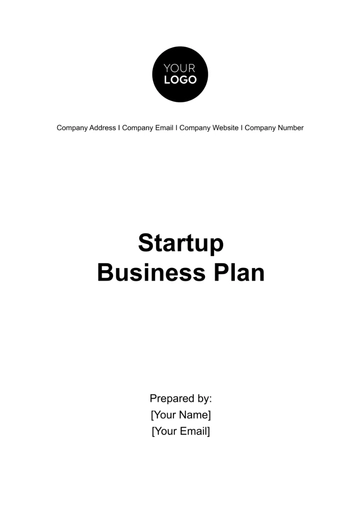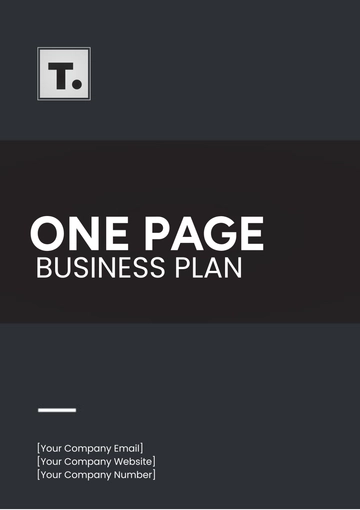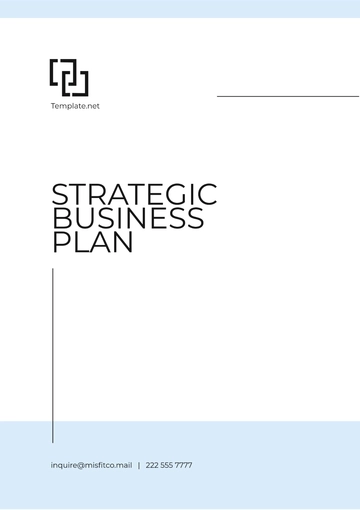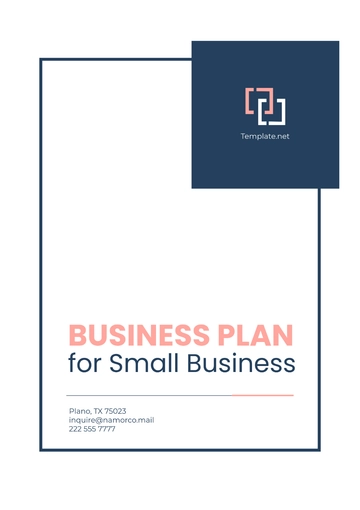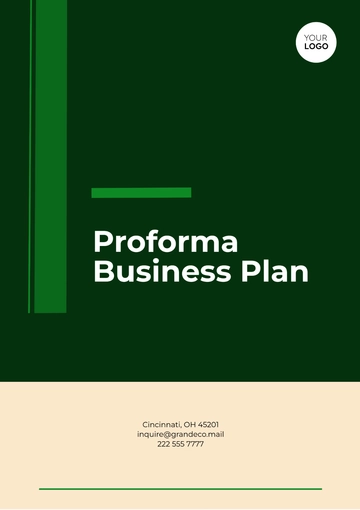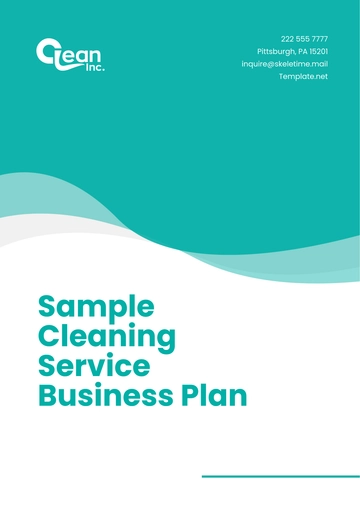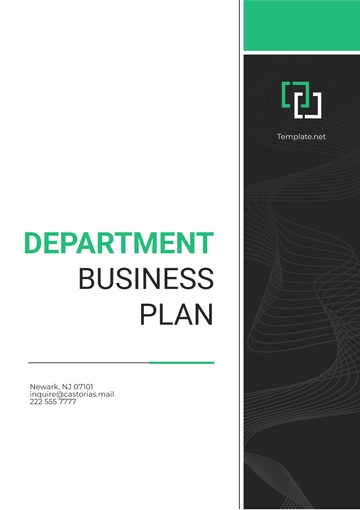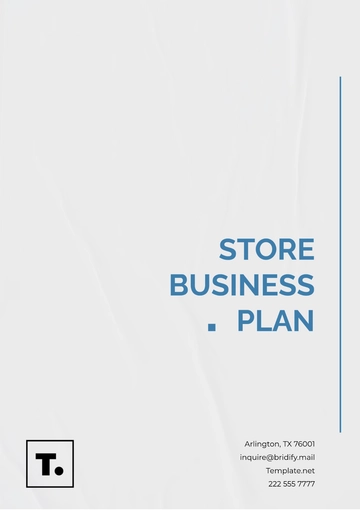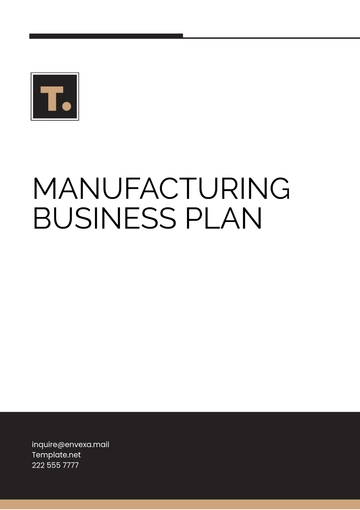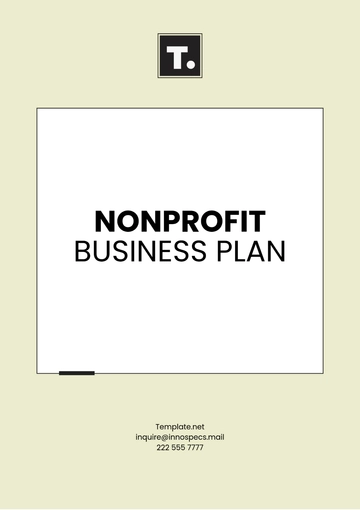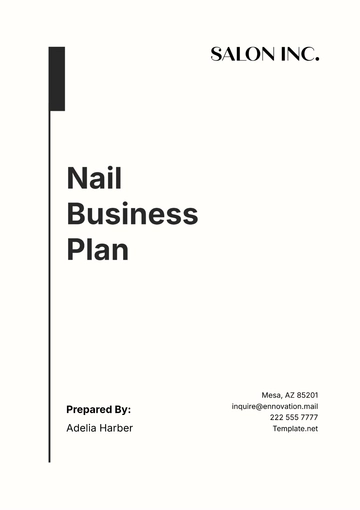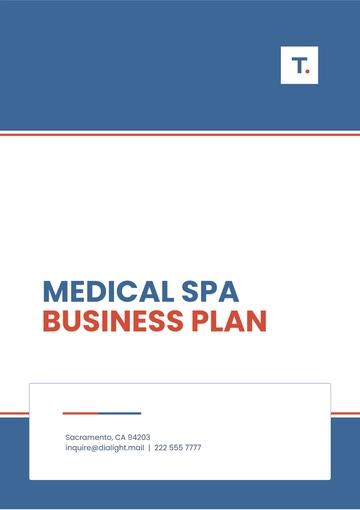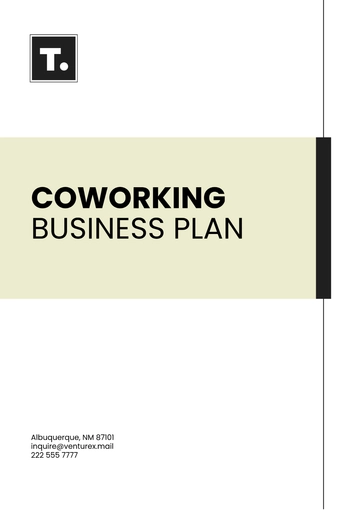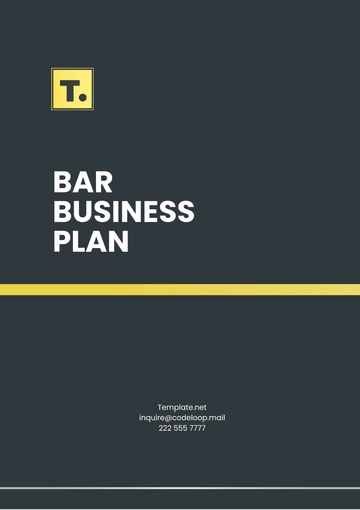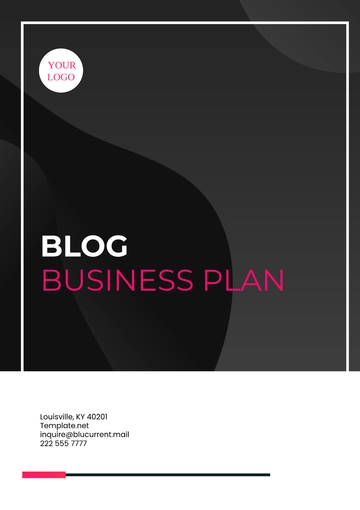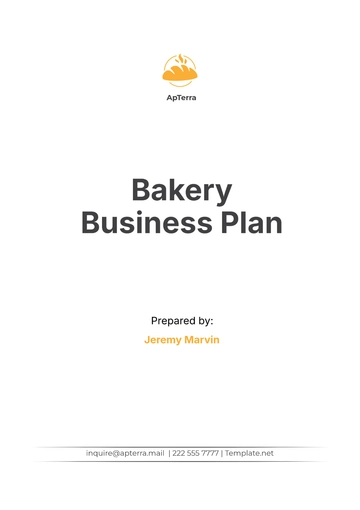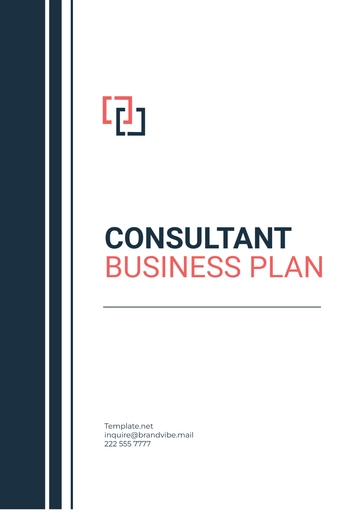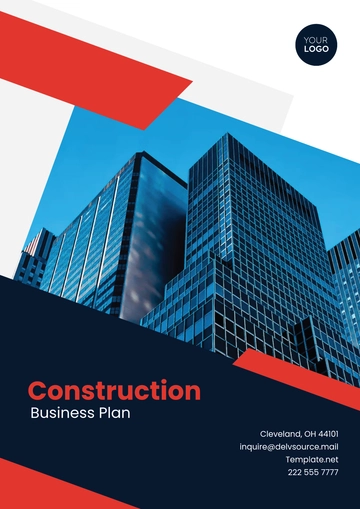Operations Efficiency 5-Year Plan for Business
1. Executive Summary
This Operations Efficiency 5-Year Plan outlines our roadmap from 2060 to 2065 for optimizing business processes and enhancing overall efficiency. This plan addresses key areas of growth and sets forth strategies that align with our mission to maintain sustainable operational excellence, improve productivity, and maximize profitability. The document includes comprehensive analyses, strategic initiatives, and targeted objectives designed to position the company for sustained competitive advantage.
2. Mission and Vision Statements
Mission:
To drive operational excellence by implementing innovative and sustainable practices that reduce waste, increase productivity, and enhance profitability across all business functions.
Vision:
To be the industry leader in operational efficiency, known for our commitment to high standards, adaptability, and the ability to deliver exceptional value to stakeholders.
3. SWOT Analysis
Strengths:
Advanced technological infrastructure supporting automation.
A strong organizational culture focused on continuous improvement.
High retention rates among skilled workforce.
Weaknesses:
High costs associated with technology upgrades.
Limited cross-functional integration across departments.
Dependency on a few major suppliers.
Opportunities:
Emerging markets with potential for expansion.
Integration of AI for improved forecasting and resource management.
Partnerships with tech companies for access to cutting-edge innovations.
Threats:
Potential regulatory changes impacting production standards.
Economic uncertainty in primary markets.
Cybersecurity risks due to increased digitalization.
4. Goals and Objectives (2060–2065)
Goal 1: Improve operational efficiency by 25% by 2065.
Goal 2: Implement sustainable practices to achieve carbon-neutral operations by 2065.
Goal 3: Enhance employee productivity through training and development.
5. Key Strategies and Initiatives
Process Automation and AI Integration:
Implement AI-driven tools to automate routine tasks, reduce error rates, and improve decision-making speed. Target areas include inventory management, quality control, and customer support.
Lean Manufacturing Practices:
Adopt lean principles to minimize waste, streamline workflows, and optimize resource use across production lines.
Supplier and Vendor Optimization:
Develop strategic partnerships with suppliers to negotiate better rates, ensure consistency in quality, and reduce supply chain disruptions.
Employee Development Programs:
Launch a comprehensive training program focusing on digital skills, efficiency techniques, and cross-functional collaboration to enhance workforce capabilities.
6. Resource Allocation and Budget (2060–2065)
Technology Investments: $15 million for AI and automation tools.
Employee Training: $5 million allocated for staff upskilling.
Sustainability Initiatives: $10 million towards energy-efficient machinery and green technologies.
Research and Development: $8 million to develop and test new efficiency methods and tools.
Contingency Reserve: $3 million for unexpected operational challenges.
7. Timeline and Milestones
Q1 2060: Begin initial AI integrations for inventory and supply chain.
Q4 2060: Launch employee training platform.
Q3 2061: Achieve an initial 5% reduction in lead time.
Q1 2062: Reach 50% renewable energy usage milestone.
Q4 2063: Complete transition to sustainable waste practices.
Q3 2064: Attain a 20% reduction in operational costs.
Q1 2065: Final evaluation and KPI analysis for future strategic planning.
8. Risk Assessment and Contingency Plans
Risk: Delays in AI tool deployment.
Risk: Economic downturn affecting budget allocations.
Risk: Data breaches due to increased digital processes.
9. Evaluation and Key Performance Indicators (KPIs)
KPI Metrics:
Production Lead Time Reduction: Target 10% reduction by 2062.
Employee Productivity Improvement: Target a 15% increase by 2065.
Cost Savings from Supplier Optimization: Target savings of 10% by 2063.
Carbon Footprint Reduction: Track quarterly progress toward carbon neutrality by 2065.
10. Review and Adaptation Process
A. Annual Review:
Conduct an annual assessment of KPIs, budget alignment, and strategy effectiveness. This review will allow for adaptive changes to initiatives and resource allocations to ensure the achievement of our goals.
B. Midpoint Assessment (2062):
Evaluate overall progress at the midway point to adjust timelines and budget allocations if necessary. Realign any strategies based on updated industry standards, market conditions, and technological advancements.
C. End-of-Plan Review (2065):
Conduct a comprehensive analysis of outcomes against targets to identify achievements, areas for improvement, and lessons learned. The insights from this evaluation will form the basis for the next 5-year operations efficiency plan.
5-Year Plan Templates @ Template.net
